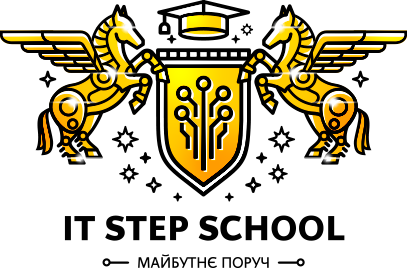About Haru
Haru, first introduced in 2018, is a robot designed as a platform to investigate social presence and emotional and empathetic engagement for long-term human interaction. Envisioned as a multimodal communicative agent, Haru interacts through nonverbal sounds (paralanguage), eye, face, and body movements (kinesics), and voice (language). While some of Haru's features connect it to a long lineage of social robots, others distinguish it and suggest new opportunities for human-robot interaction.
The first Haru prototype is a relatively simple communication device—an open-ended platform through which researchers can explore the mechanisms of multi-modal human-robot communication. Researchers deploy various design techniques, technologies, and interaction theories to develop Haru's basic skillset for conveying information, personality, and affect. Currently, researchers are developing Haru's interaction capabilities to create a new form of telepresence embodiment that breaks away from the traditional notion of a tablet-on-wheels, while also exploring ways for the robot to communicate with people more directly.
Inclusive Practice and Accessibility
Since Haru is primarily a social robot, it can be naturally placed in environments such as hospitals or schools. In these locations, Haru can fulfil its potential to the fullest. For example, Haru can be seen supporting patients as they are going through tough times and are in need of empathy and support. OR Haru can be seen acting as an encouraging mediator at schools, facilitating and encouraging productive communication between children as they learn and interact with each other at school.
In Ukraine, our target is to deploy Haru in schools as an encouraging mediator. Children will be able to interact with their peers from other countries, with Haru acting as encouraging mediator. Also, we plan on conducting a pilot study involving Haru4Kids platform (in proceedings) for a long-term cohabitation study in families.
Global reach and scalability
Haru is jointly developed by a multidisciplinary and multi stakeholder team, scattered across the globe. Many research labs, universities and private companies, including us, have joined forces in developing Haru and enabling new, previously unseen interactions in various new domains and settings.
To broaden our outreach in Ukraine and to facilitate experiments, we have partnered with two local schools, located in the city of Lviv. Школа вільних та небайдужих (School of the free and the prudent) and IT Step School Lviv have graciously agreed to involve their student in studies and experiments with Haru.
Benefits
We believe that conducting this research in Ukraine is particularly beneficial, especially in light of the recent events. Although recently Ukraine has been leading in some areas of digitalisation and digital government, in addition to rapidly growing IT sector, it is extremely rare for children to have the opportunity to interact with a robot, especially a social one. Such study will be well-received at any school by children, their parents and teachers alike.
In light of Russian aggression in Ukraine, and the ongoing war, children are especially affected by it, both physically and mentally. Many children studying in the schools we have partnered with are refugees from parts of the occupied parts of the country and have went through a difficult process of relocation and readjustment. Also, due to frequent air raids and sirens, children are often forced to spend their lessons hiding in basements. All of this takes a toll on their mental wellbeing.
We believe that by bringing Haru to these children and having them interact with it we will be positively contributing to their wellbeing and hopefully getting them interested in computer science and robotics.
Responsible Practices
In all our research, we place particular emphasis on data privacy. Whenever possible, data is being anonymised, processed and stored on device or on the local network. We refrain from using external services as much as possible and immediately delete all non-essential data. Children and their parents alike are informed and are asked to consent to any data collection during the experiment. They are also informed how this data will be used once the experiment is over.





